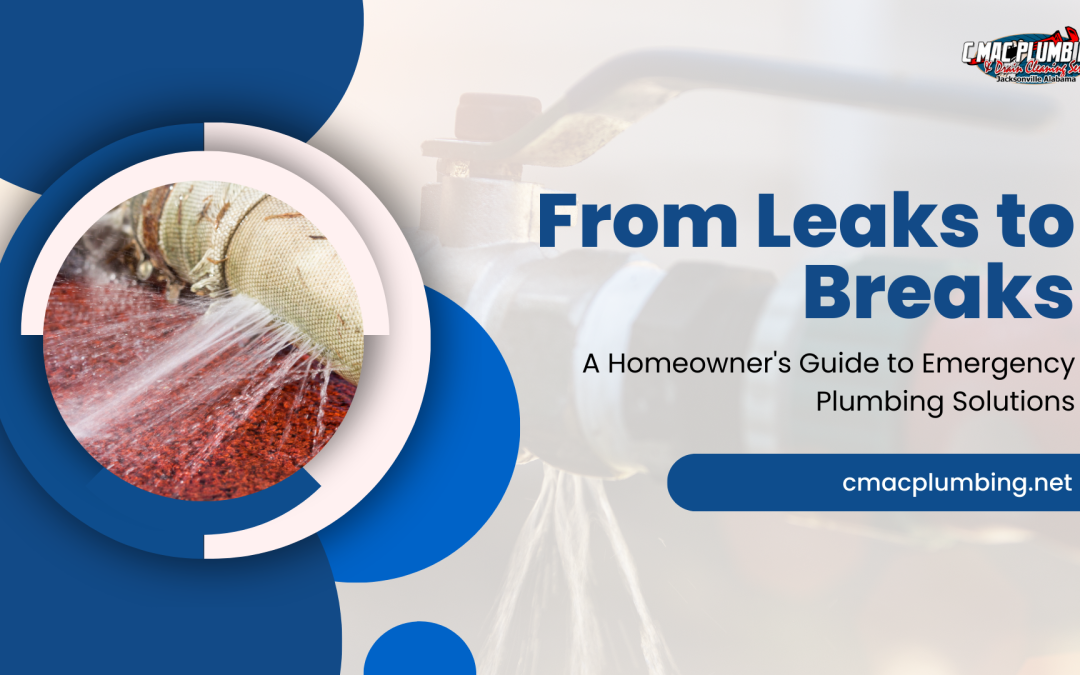Emergencies can strike at any moment, and when it comes to your home’s plumbing, being prepared is key. From minor leaks to major pipe breaks, understanding how to navigate emergency plumbing situations is crucial for every homeowner. In this guide, we’ll walk you through essential tips and solutions to tackle plumbing issues head-on and minimize potential damage.
1. Identify the Source: The first step in handling any plumbing emergency is identifying the source of the problem. Whether it’s a small leak under the sink or a burst pipe in the basement, understanding where the issue originates will help you respond more effectively.
2. Shut Off the Water Supply: In the event of a major plumbing emergency, it’s essential to know how to turn off the water supply to your home. Locate the main water shut-off valve and familiarize yourself with its operation. This quick action can prevent further damage and buy you time until a professional plumber arrives.
3. Equip Yourself: Having a basic plumbing toolkit on hand can be a lifesaver during emergencies. Items like a plunger, pipe wrench, plumber’s tape, and a bucket can help you address minor issues while waiting for professional assistance.
4. Temporary Fixes: In some cases, you may need to apply temporary fixes to mitigate the damage. Using pipe clamps, epoxy, or rubber patches can help seal leaks temporarily until a more permanent solution can be implemented.
5. Call a Professional: While some plumbing issues can be addressed with DIY solutions, it’s crucial to know when to call a professional plumber. They have the expertise and tools to handle complex problems and ensure a long-lasting fix.
From leaks to breaks, being well-prepared for plumbing emergencies is a responsibility every homeowner should embrace. By understanding the basics, having the right tools, and knowing when to seek professional help, you can navigate these situations with confidence and protect your home from potential water damage.


